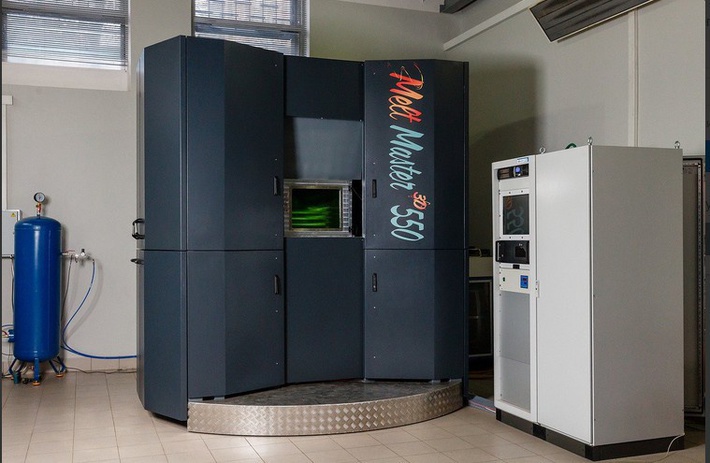Nuclear Reactor 390 - Russian Rosatom To Use 3D Printing For Nuclear Reactor Components
3D printing is all the rage these days. Many different materials can be 3D printed and very complex objects can be made that would be impossible to fabricate in any other way. 3D printed metal parts are showing up in the automotive industry, the aerospace industry and many other manufacturing sectors. A number of different countries are working on 3D manufacture of parts for nuclear power reactors. Now Rosatom, the Russian nuclear reactor manufacturer is going to bring 3D printing to the Russian nuclear industry. They also hope to be able to sell their new machines to other countries.
Russia is currently utilizing 3D printing for a number of applications. Recently, they delivered a 3D printed nanosatellite to the International Space Station. They have also started printing 3D unmanned aerial vehicles. Rosatom presented the first Russian-made 3D printer for metal called the TSNIITMASH at the International Industrial Trade Fair Innoprom 2016, in Yekaterinburg, Russia. The TSNIITMASH has a one thousand watt laser. It will be able to produce as much as seventy cubic centimeters of printed metal per hour. Most 3D metal printers including the TSNIITMASH use metal powders that are fused as they are added layer by layer to the stage in the production chamber. Rosatom will make the machine available to a number of different industrial sectors after a slow rollout in the nuclear sector.
Nuclear power is in fierce competition with other energy sources. Nuclear reactors are very complex and have a relatively long design and testing process. 3D printing can create very complex metal parts quickly and easily. Designs can be changed and new parts printed in much less time than is now required to create new parts for nuclear reactors. Rosatom hopes that a faster design cycle will improve nuclear powers competitiveness in the energy market place.
Introducing the new Rosatom machine is just the first step in producing the parts needed for nuclear reactors. A lot of research, development and testing will be required before the new 3D printing process is perfected and ready to actually produce parts for commercial sales. A new version of TSNIITMASH will be released in 2017 with improvements based on research with the first version. Rosatom hopes to be able to produce actual reactor components by 2018 which will be delivered to research reactors for radiation testing. Rosatom is late to the production of 3D printers in the international market, but the TSNIITMASH is has a bigger production chamber than any other 3D metal printer on the market today.
Quality control of nuclear reactor components is critical because of the harsh conditions in a reactor where parts are subjected to intense radiation, heat and pressure. Complex 3D printed metal parts can have small cracks and voids that would be impossible to find with old quality control methods. It is now possible to use computer tomography to scan the interior of such parts. 3D printers require constant monitoring and calibration to insure that parts meet strict specifications. Hopefully, Rosatom with use the latest test equipment and procedures to insure the quality control required for nuclear equipment.
New Rosatom 3D printer:
Source: RusNews
